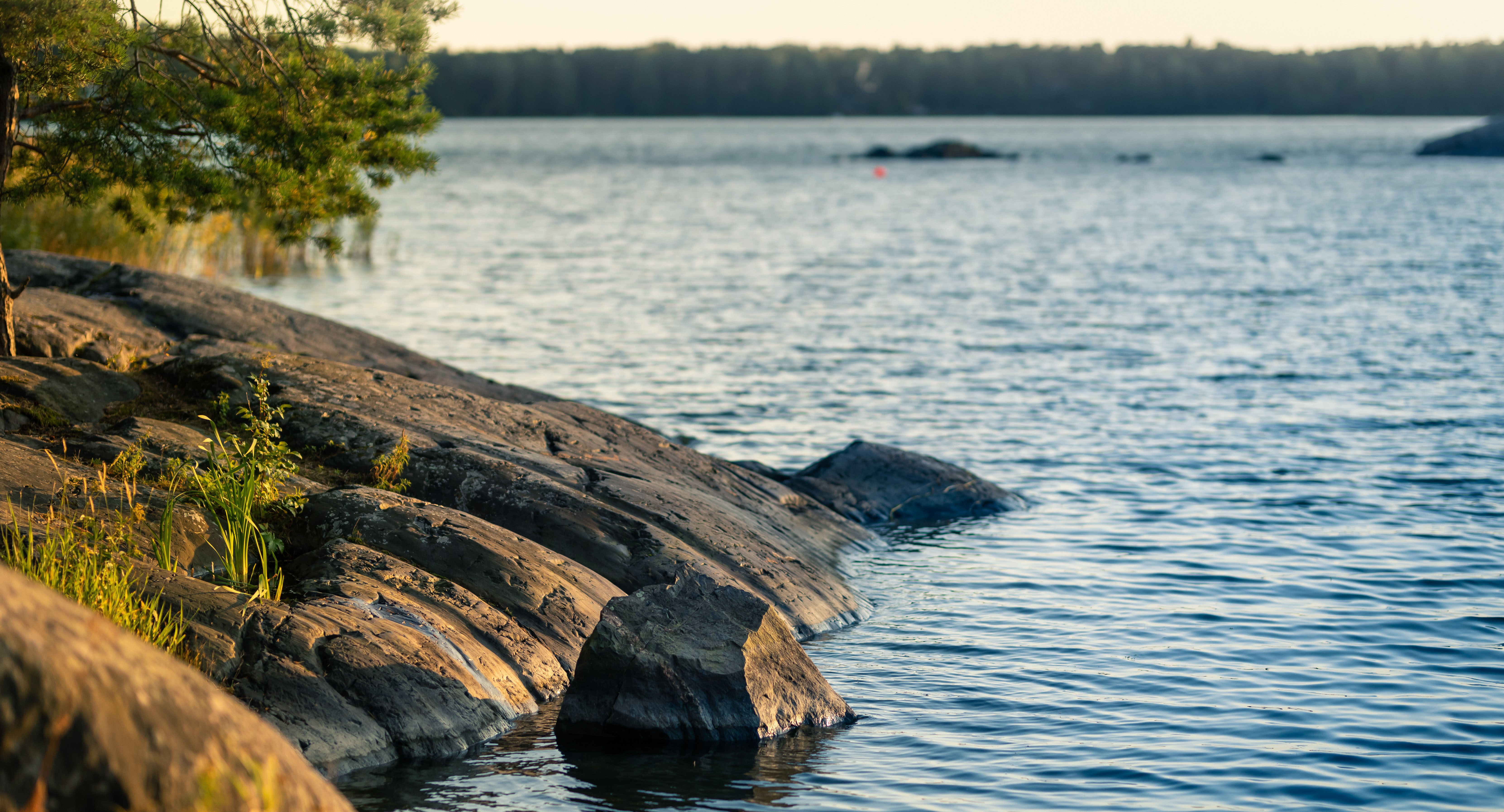Work for a radiation safe Baltic Sea
The Baltic Sea has been the subject of intensive radioecological research since the late 1950s. The accident at the Chernobyl nuclear power plant in 1986 further increased the interest in research, as the Baltic Sea was the area which received the most radioactive deposition from the accident.

In recent decades, concentrations of artificial radioactive substances have decreased considerably. This is due to the fact that the activity of the substances has naturally decreased through radioactive half-life and some of the radioactive substances have sunk to the bottom of the sea.
It is almost impossible to reduce the remaining radioactivity through practical measures; however, monitoring, research and cooperation to protect the Baltic Sea are important. The Baltic Sea and its biota are more susceptible to contamination in the event of accidents that may result in radioactive discharges due to the low volume of water, low water turnover and brackish water nature.
The Baltic Sea is safe for humans when it comes to radiation
All the Baltic Sea countries have ratified the Helsinki Convention on the Protection of the Marine Environment of the Baltic Sea Area. The Baltic Marine Environment Protection Commission or the Helsinki Commission (HELCOM) coordinates international co-operation that ensures the implementation of the Convention. The Radiation and Nuclear Safety Authority (STUK) participates in international Baltic Sea co-operation as the radioactivity expert and is responsible for Finland's part of the monitoring. At STUK, approximately five people work with radioactivity in the Baltic Sea.
Finland's share is to take about one hundred samples of water, bottom sediment, fish and other organisms in the Baltic Sea every year, analyze the radioactive substances in them and report the results to the Commission database. STUK or the local samplers take the samples using the research vessel Aranda and in the vicinity of the coast. In addition, STUK maintains a discharge register in which the discharges of radioactive substances from all nuclear power plants operating in the Baltic Sea are reported annually. The development of discharge control at nuclear power plants has had a positive impact on the situation in the Baltic Sea. In 2022, small amounts of radioactive substances originating from power plants were detected in samples collected from the marine environment, and the quantities have been declining for a long time.
The most significant artificial radioactive substance in the Baltic Sea is caesium-137 (Cs-137) and the second most significant strontium-90 (Sr-90). Although the concentrations of artificial radioactive substances in the Baltic Sea are still high compared to other sea areas, the Baltic Sea is safe for humans when it comes to radiation. For example, the radioactivity concentrations measured in fish are very low. The radiation dose received in food which is caused by Baltic Sea fish to Finns was less than 0.0005 millisieverts (mSv) in 2022. For comparison, the total radiation dose received by a Finn is approximately 5.9 millisieverts per year. With regard to the radioactivity of water and fish, the Baltic Sea has already returned to a state close to that prior to the Chernobyl accident.
